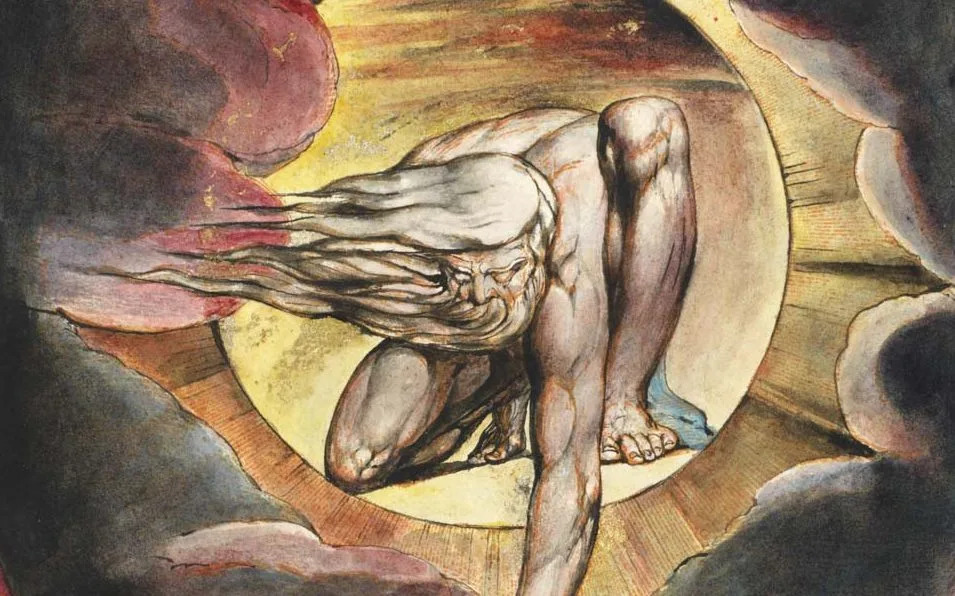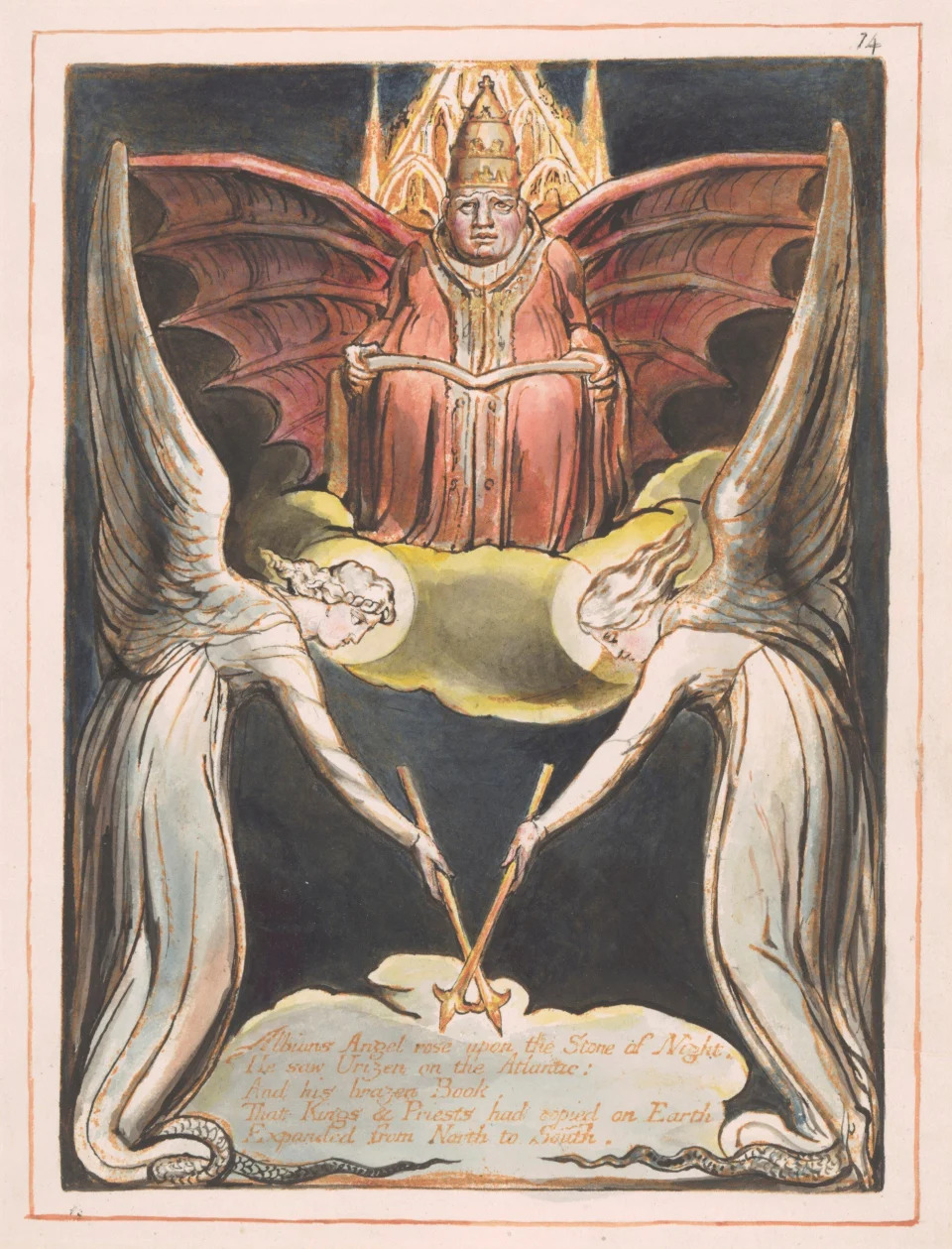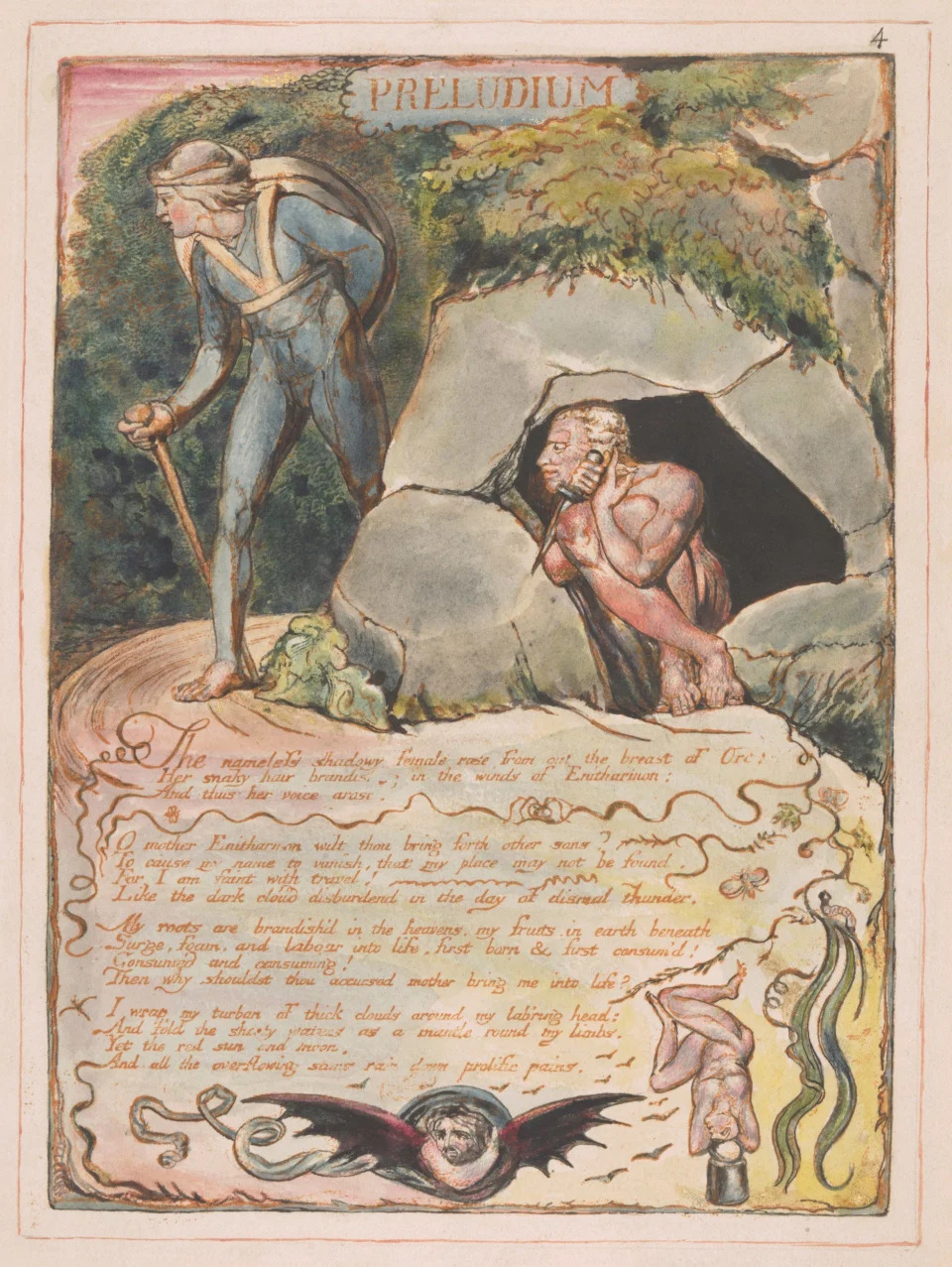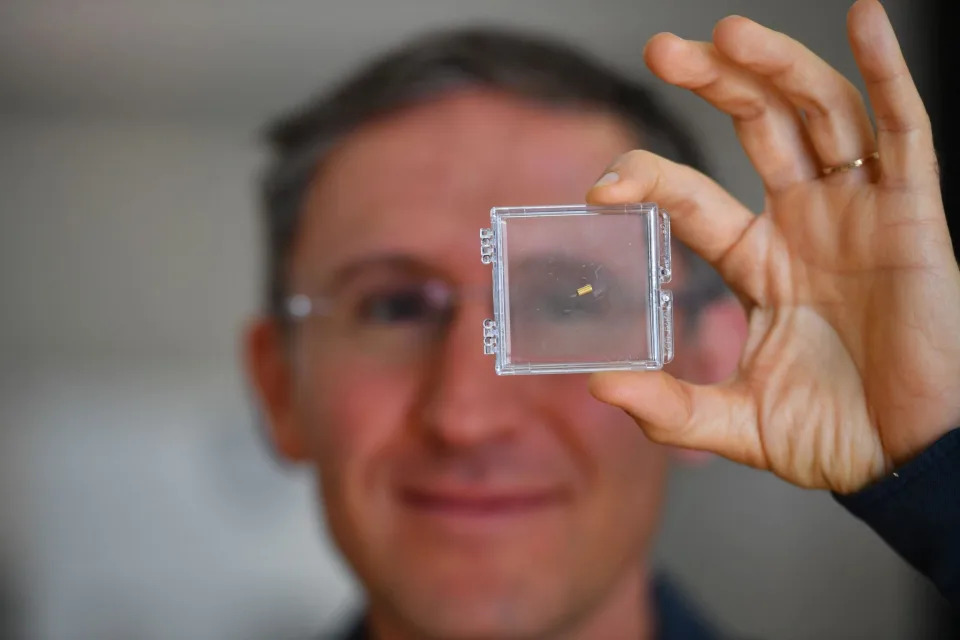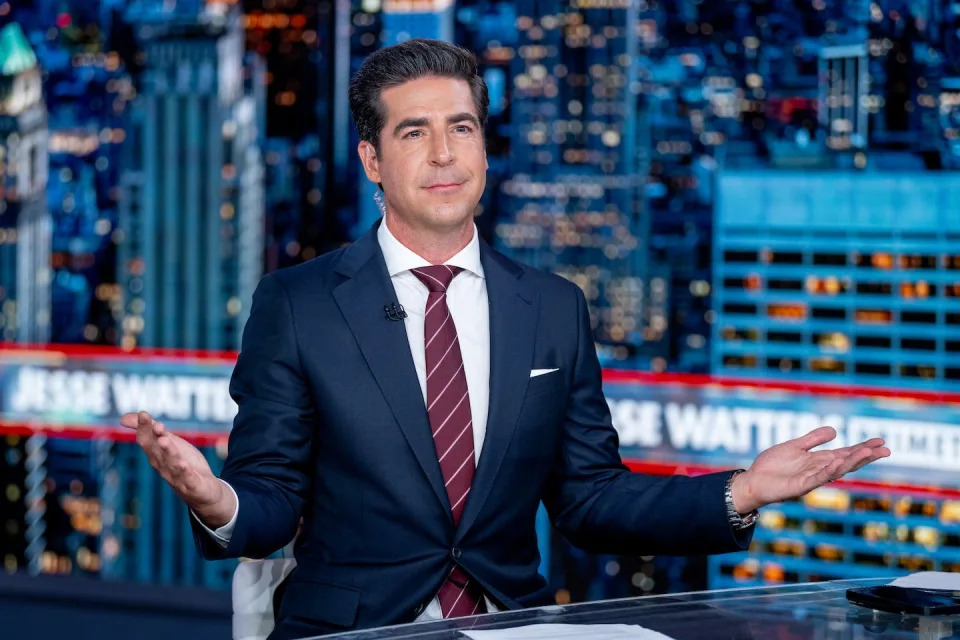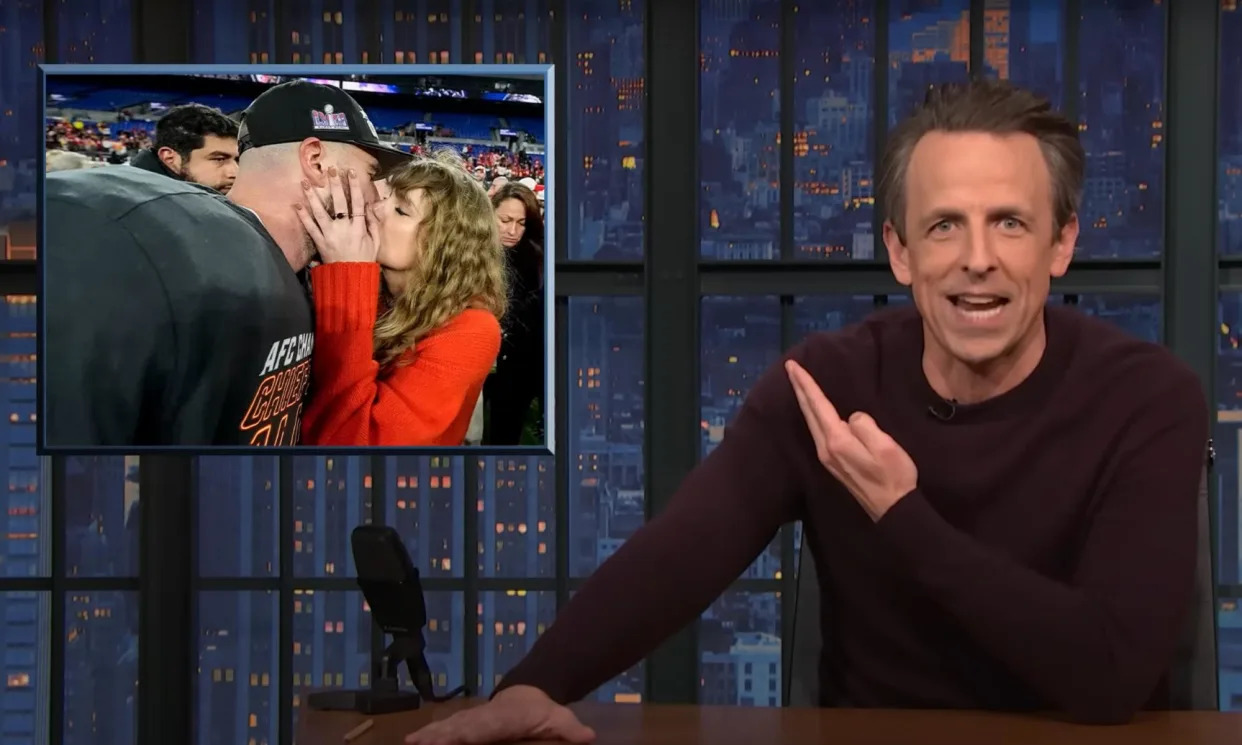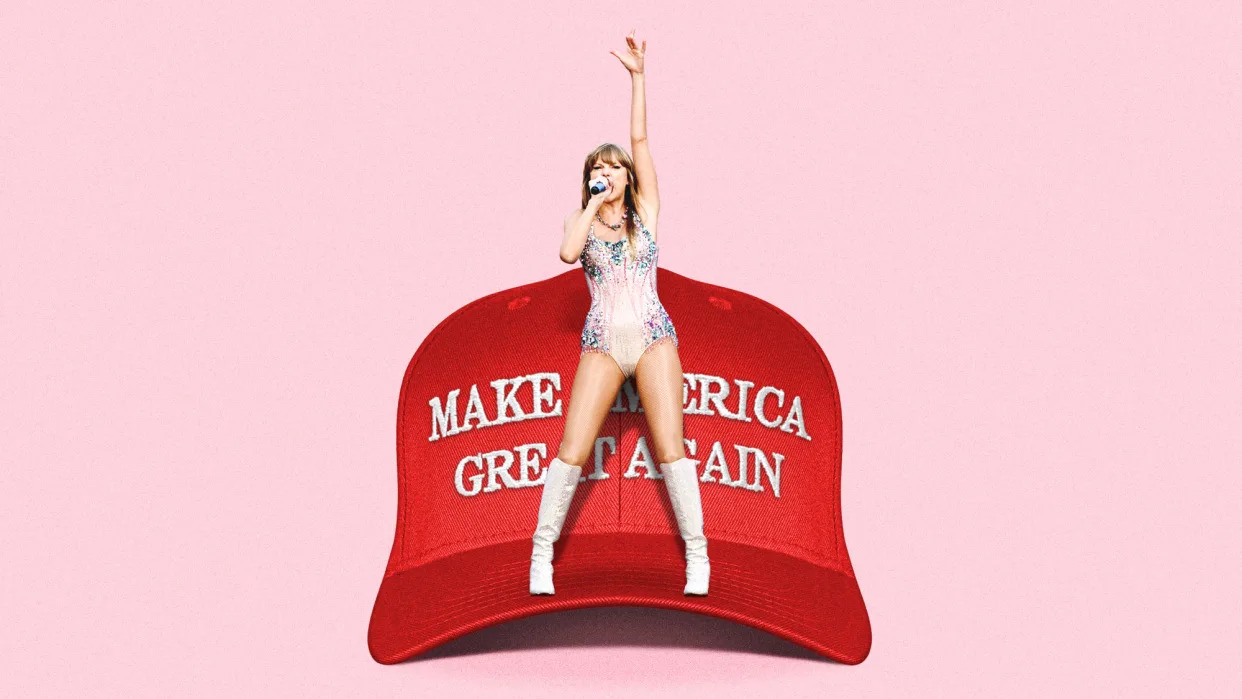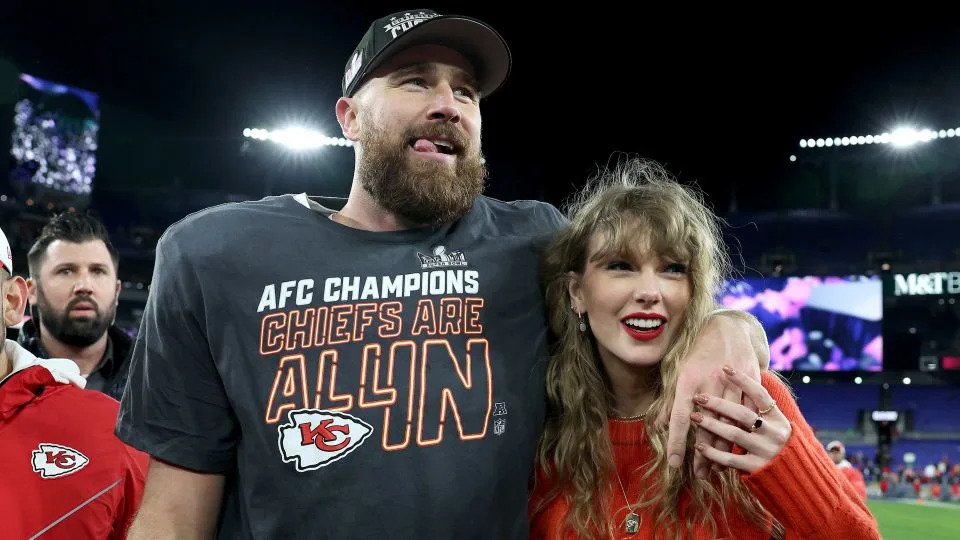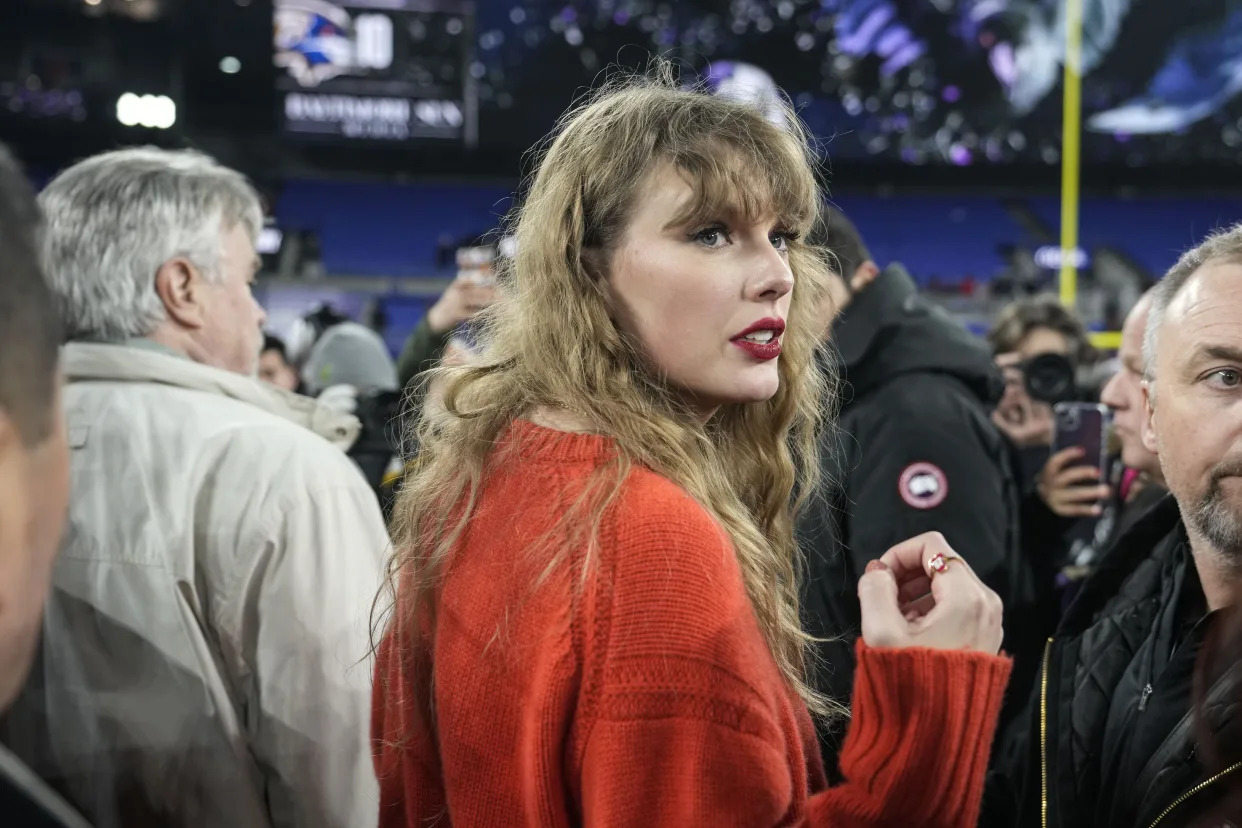Better nutrition can lead to better brain health, GSA publication shows
“Insights & Implications in Gerontology: The Vital Role of Nutrition in Brain Health,” a new publication from the Gerontological Society of America, explores nutritional choices that have been shown to improve cognition and decrease the risk of cognitive impairment and dementia in older adults.
Consumption of a healthful diet is a behavioral strategy that can help to prevent the development of dementia as people age, the publication says. It also reports on the roles of vitamins and minerals in nutrition and brain function and focuses on how to implement person-centered conversations about the impact of diet and nutrition on overall wellness, including brain health.
Using a person-centered approach that ties conversations about nutrition to patient goals is an effective strategy for starting conversations about diet and health, according to Kathryn Porter Starr, PhD, RDN from Duke University School of Medicine and Durham VA Medical Center, who served as one of the faculty who oversaw the publication’s development.
“Broaching the topic of diet and nutrition can be challenging. I start by asking patients what their goals are,” she said. “These goals could include physical goals such as maintaining muscle mass, cognitive goals such as preserving memory, as well as functional goals such as being able to travel or play with grandchildren. Linking information about nutrition to helping adults achieve their goals is an effective strategy for stimulating motivation to implement healthy changes.”
The Mediterranean-DASH Diet Intervention for Neurodegenerative Delay, or MIND diet, is an example of a dietary pattern that is associated with improved cognition. This dietary pattern focuses on the consumption of vegetables (especially green leafy vegetables), nuts, berries, beans, whole grains, fish, poultry, and extra virgin olive oil while limiting red meat, processed meats, butter and margarine, regular cheese, pastries and sweets, and fried foods. People who consume this dietary pattern have been found to be the equivalent of 7.5 years younger in terms of cognitive abilities. The publication includes more details about the MIND diet and other dietary patterns that support healthy nutrition.
Ideally, individuals are able to obtain all necessary nutrients from their diet. However, the risk for inadequate vitamin and mineral intake increases as people age, and some people may benefit from consumption of fortified foods and or dietary supplements to enhance their nutritional status.
“I would love for everybody to get all of their micronutrients from food,” Starr said. Unfortunately, for most older adults, it’s really challenging to do that due to physiological changes that occur with aging and certain disease states that affect absorption, so we often recommend a multivitamin.”
Other publication faculty include Rose Ann DiMaria-Ghalili, PhD, RN, FASPEN, FAAN, FGSA from Drexel University; Sareen S. Gropper, PhD, RDN, LDN from Florida Atlantic University; and Roger A. Fielding, PhD from Tufts University School of Medicine. Support for “Insights & Implications in Gerontology: The Vital Role of Nutrition in Brain Health” was provided by Haleon.
###
The Gerontological Society of America (GSA) is the nation's oldest and largest interdisciplinary organization devoted to research, education, and practice in the field of aging. The principal mission of the Society — and its 5,500+ members — is to advance the study of aging and disseminate information among scientists, decision makers, and the general public. GSA’s structure includes a nonpartisan public policy institute, the National Academy on an Aging Society, and GSA is also home to the National Center to Reframe Aging and the National Coordinating Center for the Resource Centers for Minority Aging Research.
Dartmouth researchers map how the brain regulates emotions
Study identifies multiple emotion regulation systems, providing targets for therapy
Ever want to scream during a particularly bad day, but then manage not to? Thank the human brain and how it regulates emotions, which can be critical for navigating everyday life. As we perceive events unfolding around us, the ability to be flexible and reframe a situation impacts not only how we feel, but also our behavior and decision-making.
In fact, some of the problems associated with mental health relate to individuals' inability to be flexible, such as when persistent negative thoughts make it hard to perceive a situation differently.
To help address such issues, a new Dartmouth-led study is among the first of its kind to separate activity relating to emotion generation from emotion regulation in the human brain. The findings are published in Nature Neuroscience.
"As a former biomedical engineer, it was exciting to identify some brain regions that are purely unique to regulating emotions," says lead author Ke Bo, a postdoctoral researcher in the Cognitive and Affective Neuroscience Lab (CANlab) at Dartmouth. "Our results provide new insight into how emotion regulation works by identifying targets which could have clinical applications."
For example, the systems the researchers identified could be good targets for brain stimulation to enhance the regulation of emotion.
Using computational methods, the researchers examined two independent datasets of fMRI studies obtained earlier by co-author Peter Gianaros at the University of Pittsburgh. Participants' brain activity was recorded in an fMRI scanner as they viewed images that were likely to draw a negative reaction such as a bloody scene or scary- looking animals.
The participants were then asked to recontextualize the stimulus by generating new kinds of thoughts about an image to make it less aversive, before a neutral image was presented followed by another dislikable image.
By examining the neural activity, researchers could identify the brain areas that are more active when emotions are regulated versus when emotions are generated.
The new study reveals that emotion regulation, also known in neuroscience as "reappraisal," involves particular areas of the anterior prefrontal cortex and other higher-level cortical hierarchies whose role in emotion regulation had not previously been isolated with this level of precision. These regions are involved in other high-level cognitive functions and are important for abstract thought and long-term representations of the future.
The more people are able to activate these emotion regulation-selective brain regions, the more resilient they are to experiencing something negative without letting it affect them personally. These findings build on other research linking these areas to better mental health and the ability to resist temptations and avoid drug addiction.
The results also demonstrated that the amygdala, which is known as the threat-related brain region responsible for negative emotion and has long been considered an ancient subcortical threat center, responds to aversive experiences the same way, whether people are using their thoughts to self-regulate down-regulate negative emotion or not. "It's really the cortex that is responsible for generating people's emotional responses, by changing the way we see and attach meaning to events in our environments," says Bo.
The researchers were also interested in identifying the neurochemicals that interact with emotion regulation systems. Neurotransmitters like dopamine and serotonin shape how networks of neurons communicate and are targets for both illicit drugs and therapeutic treatments alike. Some neurotransmitters may be important for enabling the ability to self-regulate or "down-regulate."
The team compared the emotion regulation brain maps from the two datasets to neurotransmitter binding maps from 36 other studies. The systems involved in regulating negative emotion overlapped with particular neurotransmitter systems.
"Our results showed that receptors for cannabinoids, opioids, and serotonin, including 5H2A, were especially rich in areas that are involved in emotion regulation," says senior author Tor Wager, the Diana L. Taylor Distinguished Professor in Neuroscience and director of the Dartmouth Brain Imaging Center at Dartmouth. "When drugs that bind to these receptors are taken, they are preferentially affecting the emotion regulation system, which raises questions about their potential for long-term effects on our capacity to self-regulate."
Serotonin is well-known for its role in depression, as the most widely used antidepressant drugs inhibit its reuptake in synapses, which transmit signals from one neuron to another.
5H2A is the serotonin receptor most strongly affected by another exciting new type of treatment for mental health – psychedelic drugs. The study’s findings suggest that the effects of drugs on depression and other mental health disorders may work in part by altering how we think about life events and our ability to self-regulate. This may help explain why drugs, particularly psychedelics, are likely to be ineffective without the right kind of psychological support. The study could help improve therapeutic approaches by increasing our understanding of why and how psychological and pharmaceutical approaches need to be combined into integrated treatments.
"It's important to consider these types of connections that come from basic science," says Wager. "Understanding drug effects requires understanding the brain systems involved and what they're doing at a cognitive level."
Bo (Ke.Bo@dartmouth.edu) and Wager (Tor.D.Wager@dartmouth.edu) are available for comment. CANlab members Mijin Kwon, Guarini '24 and Michael Sun, a postdoctoral researcher at Dartmouth, and Thomas Kraynak at the University of Pittsburgh also contributed to the study.
###
JOURNAL
Nature Neuroscience
METHOD OF RESEARCH
Experimental study
SUBJECT OF RESEARCH
People
ARTICLE TITLE
A systems identification approach using Bayes factors to deconstruct the brain bases of emotion regulation
ARTICLE PUBLICATION DATE
22-Apr-2024


